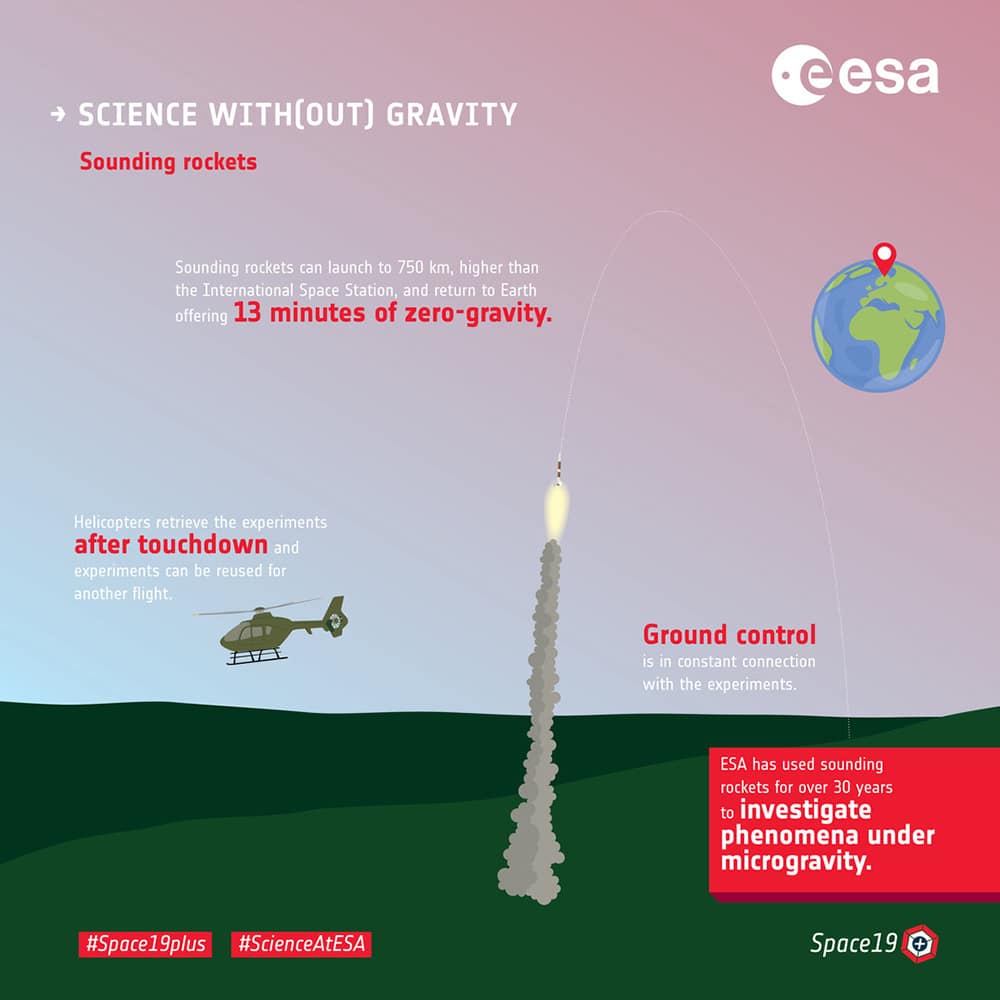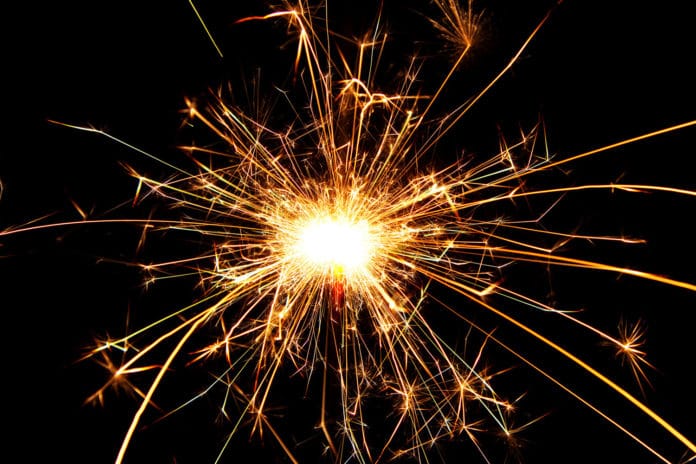European Space Agency (ESA) researchers are leading a project to study discrete fires in zero gravity. Later this month, a Texus rocket will be launched in Sweden, which will fly about 260 kilometers up and fall back to Earth after spending six minutes in zero gravity. The rocket will give researchers a chance to study burning metal powder – a new type of fire – inside zero-gravity environments for a few minutes.
The metals burn in the form they call “discrete burning” rather than the continuous burning we associate with firewood or charcoal. The discrete burning occurs when a piece of fuel ignites and burns due to the heat created by other fuel cells next to it. Unlike traditional burning, discrete fires spread by jumping from one fuel source to another. Forest fire is one of the examples of discrete firing on Earth.

Metals can be an ideal alternative to existing fuels. They have a high energy density but are difficult to set on fire unless they are in powder form. Scientists plan to find the perfect mixture of oxygen and metal powder and the ideal size of metal dust to create the best ignition conditions. This is precisely the purpose of the Perwaves experiment, which will begin this month.
By igniting a metal powder during its flight outside our atmosphere, scientists can study how it burns in an evenly distributed state due to weightlessness. This is not possible to observe on Earth since, due to gravity, the powder sticks together. The burning results will be analyzed to create discrete burning models.
They explained that powdered metal burns more efficiently than other fires and makes power more efficient than electric batteries.
The beauty of metal combustion is that it does not contain carbon. If, for example, iron powder is burned, then the only waste product is rust, which can then be easily recycled back to the original metal powder.
Once scientists create the ideal mixture, it can be used in power plants or car engines. The Perwaves experiment will fly on the Texus-56 rocket and has been conceived and designed by McGill University in Montreal and the Airbus sounding rockets team in Bremen, Germany.
